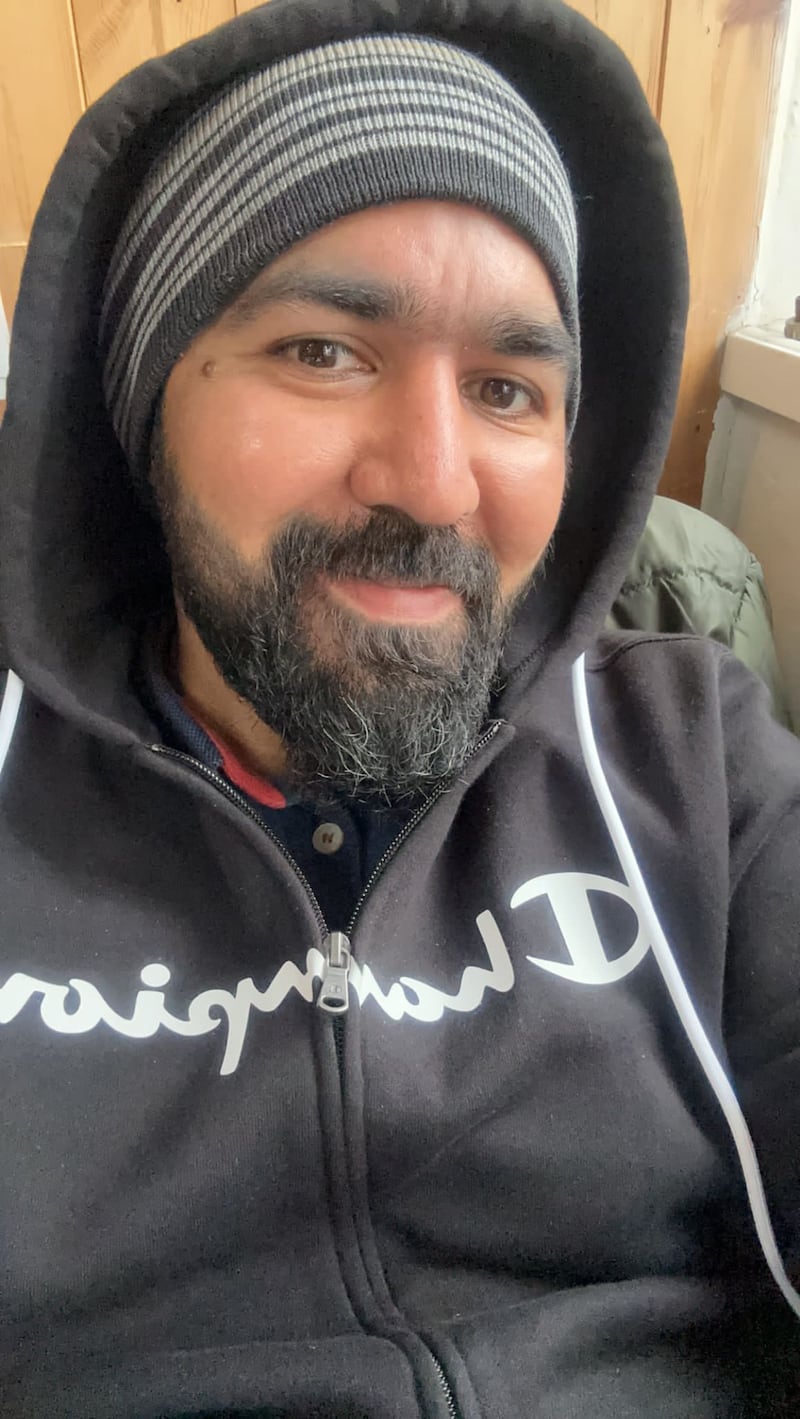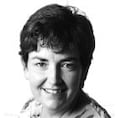“We don’t bat an eyelid at it,” Kenneth Dennedy, principal of Scoil Íosa primary school in Ballyhaunis, Co Mayo, said in response to the town being described this week, for the umpteenth time, as the most multicultural in Ireland.
He recited the statistics with the air of a man who has been questioned many times about the subject. “The percentage of children who do not speak English when they go home in the evening is 63 per cent,” he said. There are now 31 different nationalities among the 399-strong pupil population – modest compared with Ballyhaunis Community School, which caters for students of 42 nationalities.
Mr Dennedy said there were roughly 150 Irish children in the primary school, with 70 from Brazil (a big rise in the past two to three years), 35 from Pakistan, 24 from Syria and 12 from Poland.
The principal, who earlier in his career taught in Kuwait and Saudi Arabia, was upbeat about the town’s ability to meet the challenges of immigration and said integration had never been an issue in the school.
READ MORE
“We have a very strict policy here. We class every child as a pupil of this school, not as a nationality; we don’t pander to nationalities or labels. Every child here gets an equal chance.”
The wearing of hijabs is forbidden in the school, not because it is a Catholic school, he said, but because “in a primary school set-up, children are children and I think, myself, let them develop as children first, before they develop particular rituals around religion”.
Census 2022 data published on Thursday noted Ballyhaunis has the most diverse population in the Republic. It has the highest proportion of non-Irish residents, at 37 per cent. The census notes 5 per cent of the town’s population are Brazilian, 4 per cent are Poles and 3 per cent are Croatian.
Ask anyone in Ballyhaunis how such a relatively small town became such a melting pot and invariably the name “Mr Rafique” is mentioned. Sher Mohammed Rafique opened the Halal meat plant there in 1974, bringing a cohort of workers from Pakistan and providing many locals with a livelihood.
One of Mr Rafique’s sons, while attending school locally, won a prize for an essay about St Patrick, according to local parish priest Fr Stephen Farragher. Fr Farragher said he had encountered prejudice just once in the 12 years he has been in the town, and was quick to stress that none of those involved was from Ballyhaunis, Mayo or indeed the west of Ireland.
He was branded a “heretic” and accused of “bringing satanic cultists” into the church by protesting members of the ‘Irish Patriot Party’ after he invited two Muslims to join him for prayers during lockdown.
But the priest, who is regularly invited to the local mosque for prayers, was keen to stress that again and again he sees positive signs of integration, especially in local schools. “Prejudice is always learned and children are colour blind,” he said.
Abdul Shafique, a nephew of Sher Mohammed Rafique, came to live in Ballyhaunis with his family in 2003 when he was 14, and said it was very much home for him.

“The Ballyhaunis community has always been respectful towards the Pakistani community, probably because the meat plant brought jobs,” said the IT Sligo graduate, who runs a grocery shop called Spice Corner.
Having visited Pakistan just three times in the past 20 years, the captain of the local cricket team, which last year won the Connacht League, said: “We never felt out of home here.”
But Shafique readily agreed that different ethnic communities tended to stay “in our own comfort zone” and with such a large Pakistani population in Ballyhaunis, they tend to stick together.
His brother Zia played hurling for Ballyhaunis but despite frequent reports of Pakistani hurlers togging out for the local GAA club, sources there admit that despite huge efforts to woo ethnic communities there has been little interest.
One official said that despite many initiatives, which included writing letters “in six or seven languages”, there had been a disappointing response. “Unless something changes, hurling is coming to an end here,” he said.
And while the Co Mayo town has a proud record of being welcoming, some people believe that underinvestment and lack of support services are creating many challenges.
Stephen Grogan from the local family resource centre said they run a preschool facility for 66 children in a prefab building, which means they don’t have the option to provide hot meals for children.
“The doctors’ lists are full,” he says. “And often people who don’t have a car haven’t the money for a taxi to bring them to another town if they think their child should see a doctor.”
Accommodation is also an issue, just as it is in every town. Local resident Tomas Murphy said underinvestment was creating huge challenges.
“We don’t have a community centre, we have no indoor swimming pool, no astroturf,” he said.
“I am passionate about my town but if there isn’t some investment it will give rise to serious issues”.
















